Filter by

Strategic Affection?: Gift Exchange in Seventeenth-Century Holland
Gifts, from objects to hospitality and from poems to support, are a means of establishing and maintaining social ties. This study focuses on the nature of seventeenth- century Dutch social relations through the exchange of gifts by a wide range of individuals, from schoolmaster and artisan to poet and regent. Their gift-exchange behaviour is compared to contemporary gift exchange to show that b…
- Edition
- -
- ISBN/ISSN
- 9789053568118
- Collation
- -
- Series Title
- -
- Call Number
- 301 THO s
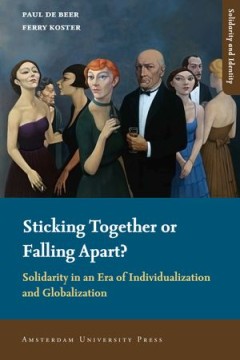
Sticking Together or Falling Apart?
This book examines, both theoretically and empirically, the impact of globalization and individualization on social solidarity. It focuses both on informal solidarity, such as volunteering, charitable giving, and informal care, and on formal solidarity, such as social benefits and development aid. It challenges the common belief that social solidarity is endangered by the increasing competition…
- Edition
- -
- ISBN/ISSN
- 9789089641281
- Collation
- -
- Series Title
- -
- Call Number
- 300 BEE s
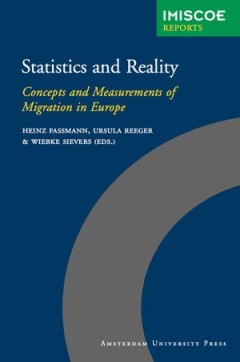
Statistics and Reality: Concepts and Measurements of Migration in Europe
In the last decade, there has been a distinct trend towards a worldwide harmonisation of migration statistics, chiefly pushed by international bodies and organisations that need comparative data. Statistics and Reality shows that these attempts have as yet not been very successful. It provides an accessible account of the history of migration measurement in Europe and analyses the current conce…
- Edition
- -
- ISBN/ISSN
- 9789089640529
- Collation
- -
- Series Title
- -
- Call Number
- 351.81 STA s
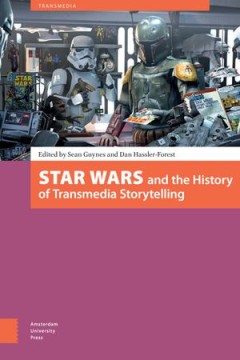
Star Wars and the History of Transmedia Storytelling
Star Wars has reached more than three generations of casual and hardcore fans alike, and as a result many of the producers of franchised Star Wars texts (films, television, comics, novels, games, and more) over the past four decades have been fans-turned-creators. Yet despite its dominant cultural and industrial positions, Star Wars has rarely been the topic of sustained critical work. Star War…
- Edition
- -
- ISBN/ISSN
- 9789048537433
- Collation
- -
- Series Title
- -
- Call Number
- 300 STA s

Sri Lankan Housemaids in Lebanon
Unraveled in this book are the real dynamics at stake in the Madame/housemaid relationship. While cases of extreme physical abuse by the Lebanese women who hire housemaids - Madames - are an exception, what has become normalised are more insidious patterns of domination used to control each and every aspect of their employees' lives. For their part, Sri Lankan housemaids are not merely passive …
- Edition
- -
- ISBN/ISSN
- 9789089640512
- Collation
- -
- Series Title
- -
- Call Number
- 320 MOU s
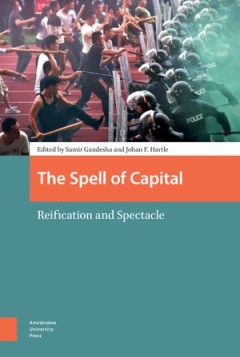
The Spell of Capital: Reification and Spectacle
This book explores the tradition, impact, and contemporary relevance of two key ideas from Western Marxism: Georg Lukács's concept of reification, in which social aspects of humanity are viewed in objectified terms, and Guy Debord's concept of the spectacle, where the world is packaged and presented to consumers in uniquely mediated ways. Bringing the original, yet now often forgotten, theoret…
- Edition
- -
- ISBN/ISSN
- 9789048527052
- Collation
- -
- Series Title
- -
- Call Number
- 300 GAN s
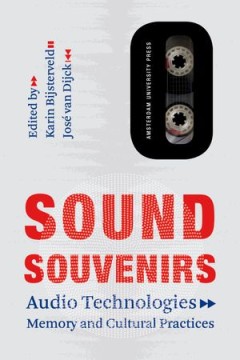
Sound Souvenirs: Audio Technologies, Memory and Cultural Practices
In recent decades, the importance of sound for remembering the past and for creating a sense of belonging has been increasingly acknowledged. We keep "sound souvenirs" such as cassette tapes and long play albums in our attics because we want to be able to recreate the music and everyday sounds we once cherished. Artists and ordinary listeners deploy the newest digital audio technologies to recy…
- Edition
- -
- ISBN/ISSN
- 9789089641328
- Collation
- -
- Series Title
- -
- Call Number
- 301 SOU s

Social Movements in China and Hong Kong: The Expansion of Protest Space
The starting point of this book is the acknowledgement that on one side Chinese individuals, freer from the constraints of the State, have to rely on their own efforts for their well-being and, on the other side, in some circumstances, they gather together to defend their interests. The individualisation of society goes hand in hand with the collective movements that emerged as a result of indi…
- Edition
- -
- ISBN/ISSN
- 9789089641311
- Collation
- -
- Series Title
- -
- Call Number
- 305.8 SOC s

Social Movements and Solidarity Structures in Crisis-Ridden Greece
Social Movements and Solidarity Structures in Crisis-Ridden Greece explores the rich grassroots experience of social movements in Greece between 2008 and 2016. The harsh conditions of austerity triggered the rise of vibrant mobilizations that went hand-in-hand with the emergence of numerous solidarity structures, providing unofficial welfare services to the suffering population. Based on qualit…
- Edition
- -
- ISBN/ISSN
- 9789048551460
- Collation
- -
- Series Title
- -
- Call Number
- 302 MAL s
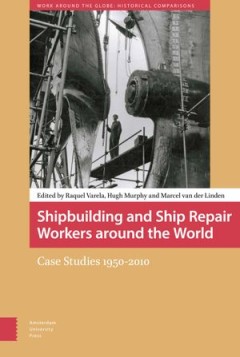
Shipbuilding and Ship Repair Workers around the World: Case Studies 1950-2010
Maritime trade is the backbone of the world’s economy. Around ninety percent of all goods are transported by ship, and since World War II shipbuilding has undergone major changes in response to new commercial pressures and opportunities. Early British dominance, for example, was later undermined by competition from the Japanese, who have since been overtaken by South Korea and, most recently,…
- Edition
- -
- ISBN/ISSN
- 9789048530724
- Collation
- -
- Series Title
- -
- Call Number
- 300 SHI s
 Computer Science, Information & General Works
Computer Science, Information & General Works  Philosophy & Psychology
Philosophy & Psychology  Religion
Religion  Social Sciences
Social Sciences  Language
Language  Pure Science
Pure Science  Applied Sciences
Applied Sciences  Art & Recreation
Art & Recreation  Literature
Literature  History & Geography
History & Geography